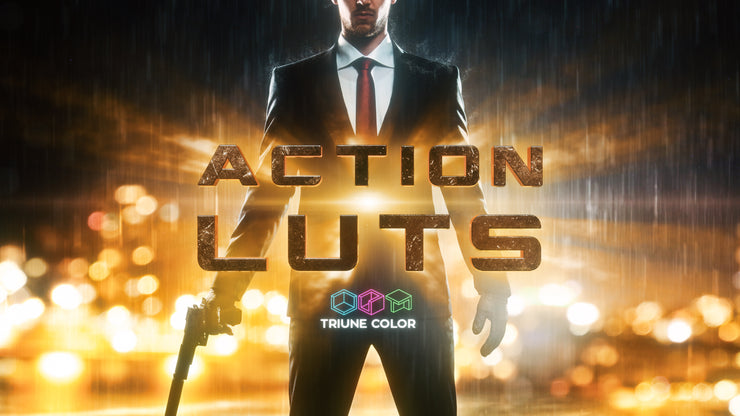

Their entire lives, and Alan's, are vicarious. I was reminded of the documentary " Cinemania," about five or six people who plan their days in order to spend every waking moment watching a movie. Certainly he has no life of his own, apart from his job, which consists of Rememories of other lives. They pity and envy their humans - pity them for the frailties, and envy them because they live in time, not eternity. He looks sad and weary much of the time, like the angels in " Wings of Desire," who also see and know all. We don't even know if he enjoys his voyeurism. What does he think about the horrors he witnesses, the terrible things he edits from his Rememories? We don't know. A woman friend despairs of tearing him away from his work, and says, "You're like a magician - or a priest - or a taxidermist." He is especially like a taxidermist, removing the rotting parts hidden inside his subjects while preserving the external covering in its ideal form.

He lives alone, spending most of his time in a room with his Cutting machines. "I took this job out of respect for the living." A rival Cutter puts it more clearly: "If you can't bear to look at it, he will." And another says: "He's first on the list for Cutting scum-bags and lowlifes." He is, they say behind his back, a Sin Eater. Alan Hakman, Williams' character, is the best: "The dead mean nothing to me," he says.
But a good Cutter, like a good mortician, puts the best possible face on things. He knows every secret, witnesses every sin, observes every lie. After your death, a Cutter can edit highlights of your memories into a two-hour video called a Rememory, for your friends and family to watch. In an unspecified time that looks like the present, it is possible to acquire Zoe implants - chips in the brain that record everything you see, hear and say. He plays a Cutter, a man who edits memories. To adjust the size of the ray click and drag the black pin up or down.Williams brings this oddball outsider to a kind of perfection in Omar Naim's "The Final Cut," a moody science fiction drama. You can adjust the light source location, Ray position and size using the on screen controls located in the viewer window.Ĭlick and drag the center control puck in left or right to change the light source position.īy clicking and dragging the control puck up or down controls the ray position. Lastly adjust the Light Source Location and Ray Position. Next select from a variety of blend modes. Located in the FCPX Effect library you can choose to add different kind of light rays.Ĭlick and drag the Ray directly on top of your media.įor this example we will be using the Precog Ray 1.īegin by adjusting the ray length and light intensity.Ĭontinue by adjusting the RGB Separation and opacity. The Shadow slider controls how bright or how dark the shadows will show up in your media. While moving it to the left will make it less noticeable. The Action Effect slider controls the amount of the effect preset chosen.įor Example moving the slider to the right will make the effect more noticeable.

Next, we will adjust our Action Effect and Shadow sliders. Select your media and go to the Inspector Window. Scan through the ProAction presets and choose a style that works best for your project.įor this example we will be using the Action 1 preset.Ĭlick and drag the effect directly on top of your footage. Then Locate ProAction in the FCPX Effects library. Let’s begin by selecting our footage from the FCPX media library. It is as easy as dropping a ProAction effect onto your media and adjusting the user friendly controls to make your vision a reality.
#Action movie fx final cut professional#
ProAction comes with 30 professional action color grades that will make your film project look like its ready for the big screen. Welcome to a ProAction lesson from Pixel Film Studios.


 0 kommentar(er)
0 kommentar(er)
